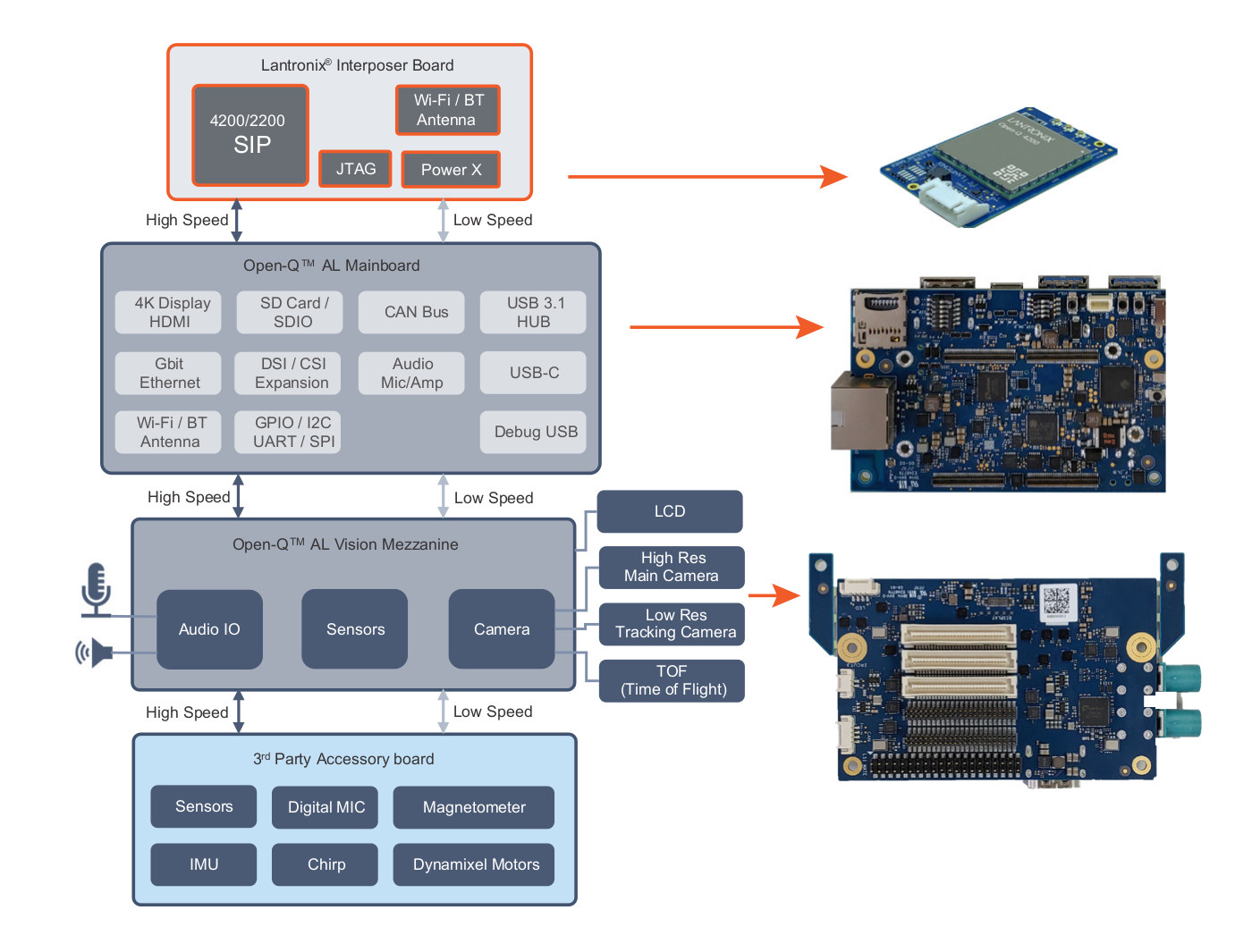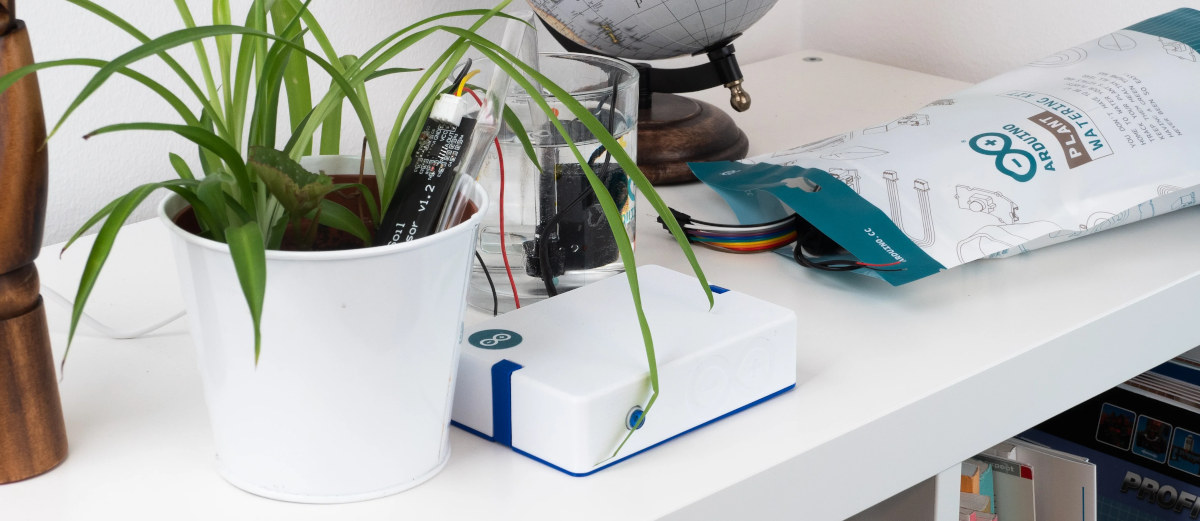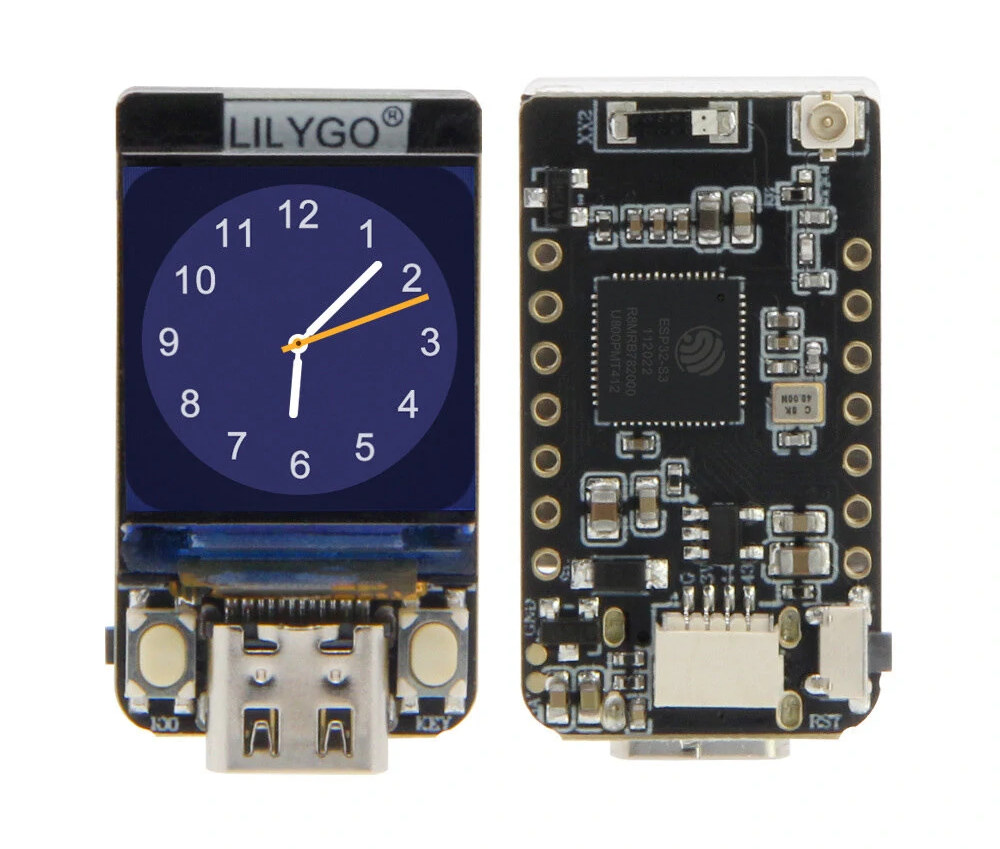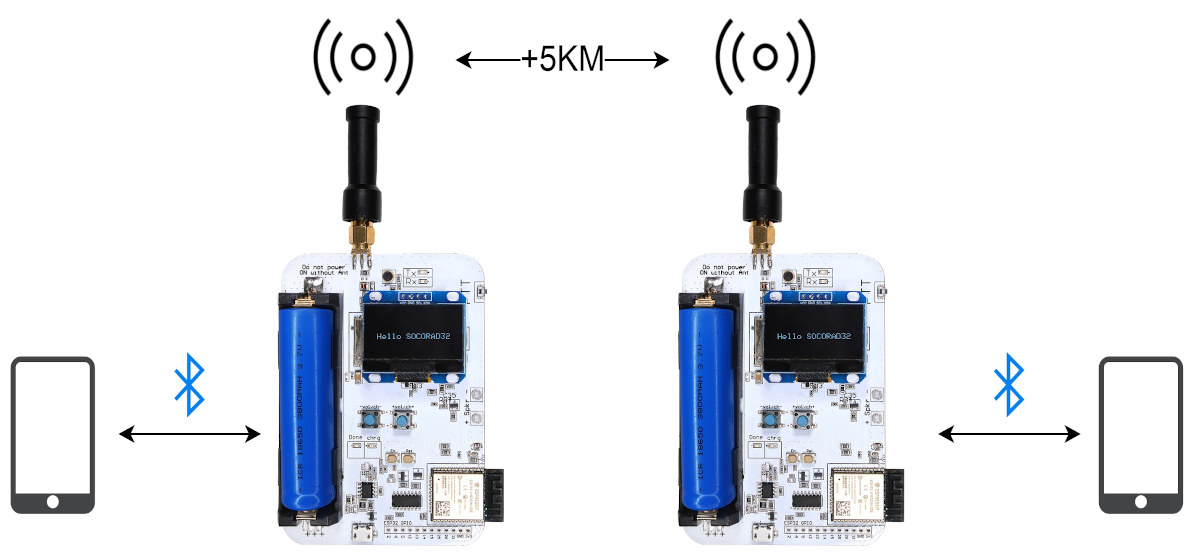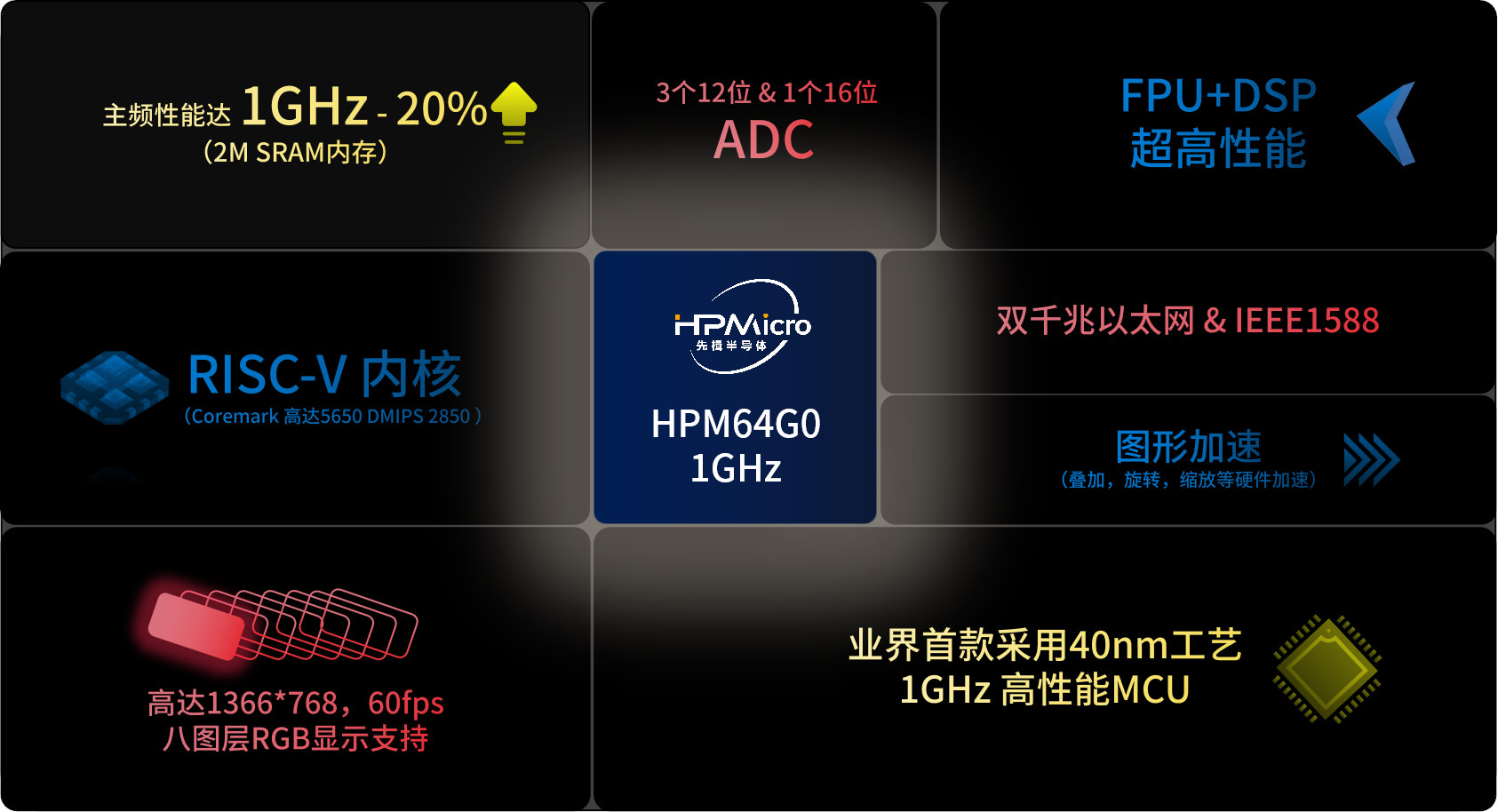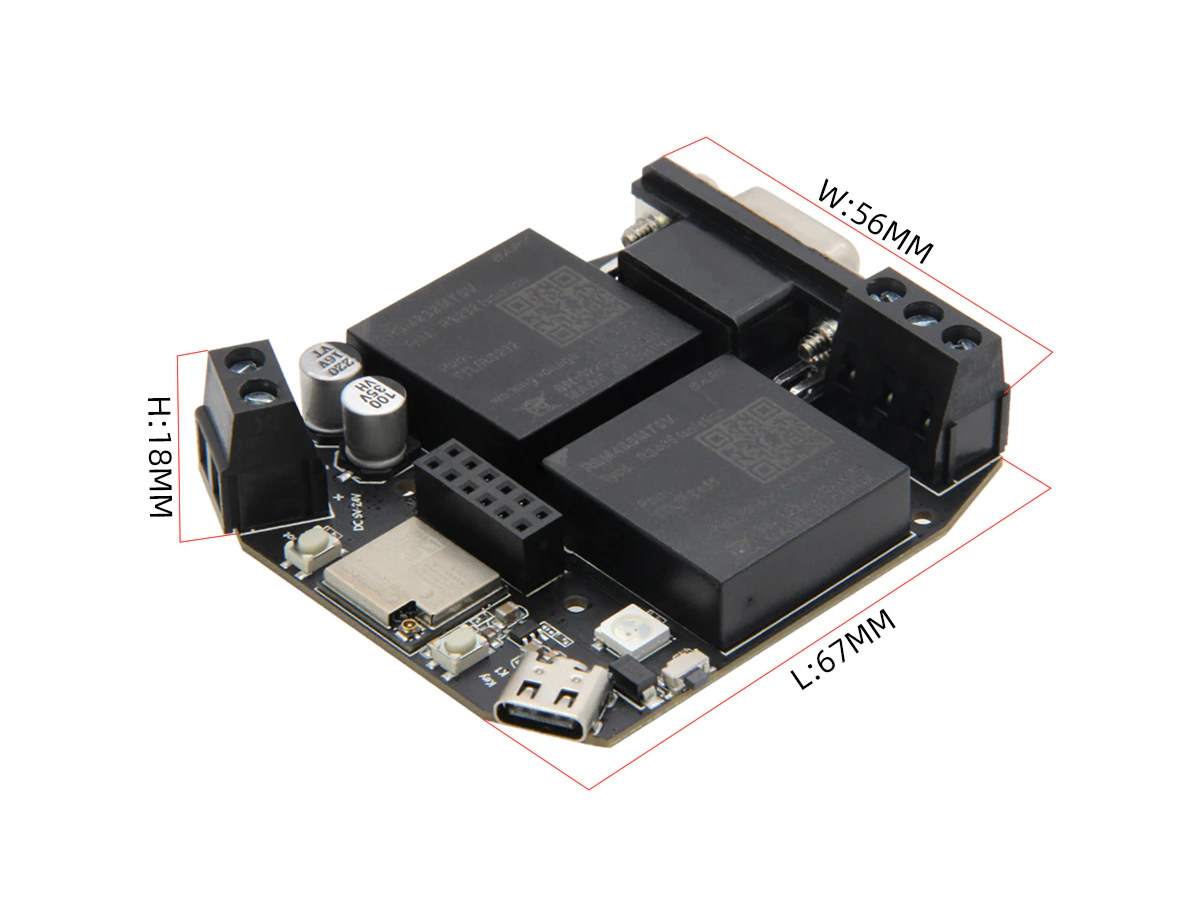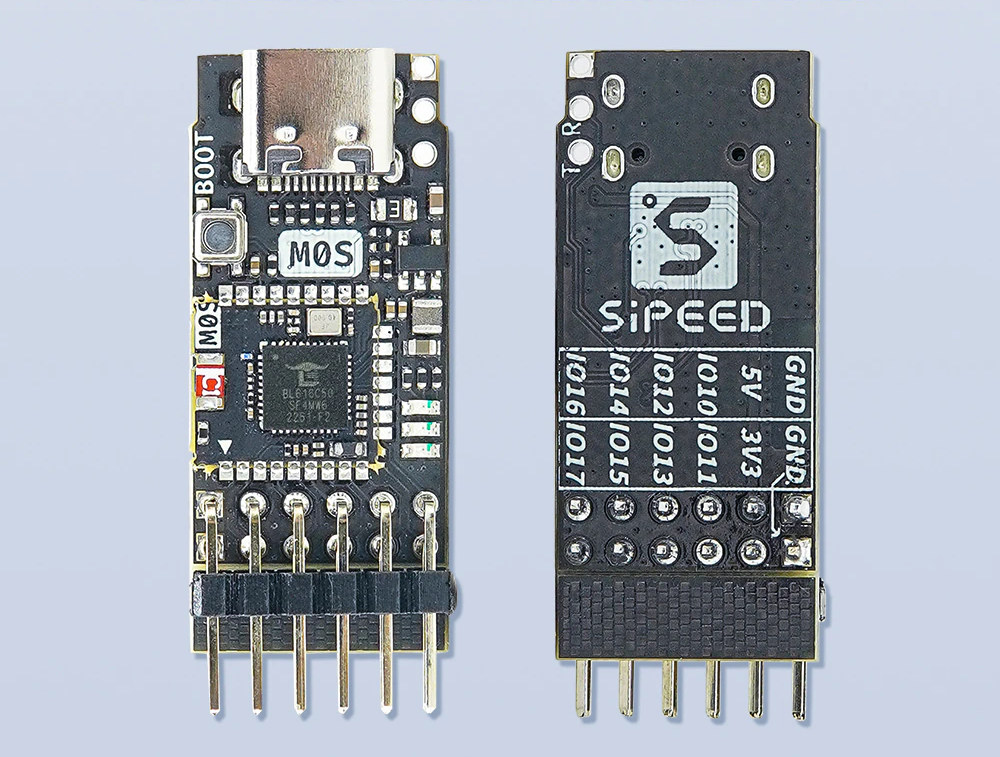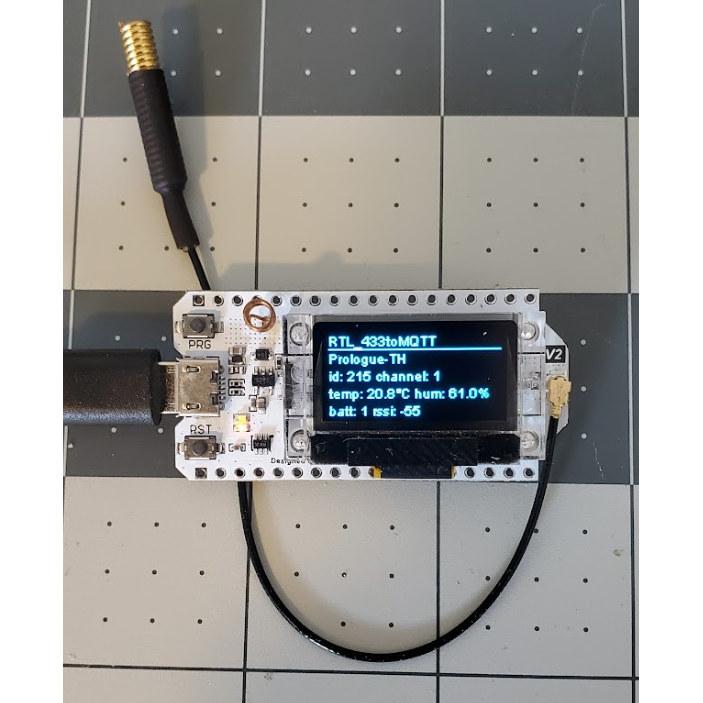Lantronix has just unveiled two new System-in-Packages (SiP) with the entry-level Open-Q 2290CS SIP based on Qualcomm QCS2290 quad-core Cortex-A53 processor designed for industrial IoT applications and safety vehicle equipment control, and the pin-compatible, mid-range Open-Q 4290CS SIP based on Qualcomm QCS4290 octa-core Kryo 260 CPU for applications requiring artificial intelligence and machine learning capabilities. The Open-Q 2290CS module comes with 2GB LPDDR4, 16GB eMMC flash, WiFi 5 and Bluetooth 5.0 connectivity, while the Open-Q 4290CS module is equipped with up to 6GB LPDDR4, up to 256GB eMMC flash., and Wi-Fi 5 with some Wi-Fi 6 features (TWT & 8SS), and Bluetooth 5.1. Lantronix also offers the Open-Q AL2 development kit supporting either both SIP modules for evaluation and rapid prototyping. Open-Q 2290CS – Qualcomm QCS2290 SiP Specifications: SoC – Qualcomm QCS2290 quad-core Cortex-A53 processor at up to 2.0 GHz with Adreno 702 GPU at 845 MHz with support for […]
Arduino Plant Watering Kit combines Nano RP2040 Connect with moisture sensor and submersible pump
You’ve probably seen a few plant watering projects based on Arduino over the years, and now the company has decided to launch its own Arduino Plant Watering Kit based on the Arduino Nano RP2040 Connect board and everything you need to get started to water your indoor plants. Arduino Plant Watering Kit content: Arduino Nano RP2040 Connect board (ABX00053) with Raspberry Pi RP2040 MCU, ESP32 module for WiFi, and Bluetooth LE connectivity. Arduino Nano Screw Terminal Adapter (ASX00037) Open-ended USB cable with on/off switch 5V submersible pump 1-meter of plastic hose Grove moisture sensor Grove relay module with cable Grove LED button module with cable Grove cables 50 cm 10x Jumper wires (15 cm) 12x screw connectors Simply connect the moisture sensor and the water pump (through the relay) to the Nano RP2040 Connect board, insert the moisture sensor in a flower pot, and put the pump in a recipient […]
LILYGO T-QT Pro 0.85-inch WiFi IoT display adds support for battery charging
LILYGO T-QT Pro is an ESP32-S3 WiFi and BLE IoT board with a 0.85-inch color display, 4MB flash, 2MB PSRAM, a USB-C port, a few GPIOs, and support for LiPo battery with charging. It is an upgrade to the ESP32-S3-based LILYGO T-QT V1.1 board that also supports LiPo battery power but lacks a charging circuit, so you had to remove the battery and charge it manually each time. The T-QT Pro adds a charging circuit and switches from an ESP32-S3 with an 8MB flash design to one using ESP32-S3FN4R2 with 4MB flash and 2MB PSRAM. LilyGO T-QT Pro specifications: Wireless MCU – Espressif Systems ESP32-S3FN4R2 dual-core Tensilica LX7 @ up to 240 MHz with vector instructions for AI acceleration, 512KB RAM, 4MB flash, 2MB PSRAM, wireless connectivity Connectivity via ESP32-S3 2.4 GHz 802.11 b/g/n Wi-Fi 4 with 40 MHz bandwidth support Bluetooth Low Energy (BLE) 5.0 connectivity with long-range support, […]
SOCORAD32 ESP32 walkie-talkie board also supports data communication (Crowdfunding)
SOCORAD32, aka ESP32 Software Controlled Radio, is a hackable, open-source hardware ESP32-based amateur radio board for walkie-talkie and data communication applications. The board comes with an ESP32 module with WiFi 4 and Bluetooth connectivity, an RDA Microelectronics RDA1846 RF IC used in many commercial walkie-talkies and offering a range up of to 5 km, a small display, a speaker, and a 18650 battery holder. SOCORAD32 specifications: Microcontroller module – ESP32-WROOVER-32E with ESP32 dual-core microcontroller, 4MB flash, 2.4 GHz WiFi and Bluetooth connectivity, built-in PCB antenna Walkie-talkie chip – RDA1846 single-chip transceiver for Walkie-Talkie applications (See datasheet and programming guide for details) Frequency Range: ISM 400 – 470 MHz Frequency Step: 5 K / 6.25 K / 12.5 K / 25 K RF Output Power: 2 W / 0.5 W (+5 KM @ 2 W) set to what the local law permits RF Input Sensitivity: -122 dBm Voice Scrambling: 8 type […]
HPMicro HPM64G0 – A 1 GHz RISC-V microcontroller
Yesterday, I ended up on the HPMicro website showing the illustration above about a 1 GHz MCU called HPM64G0. It looked interesting enough so I clicked on the link to a page with some documentation for the company’s HPM6700/6400 microcontrollers. But in typical Chinese fashion, I was asked for a mobile phone number to download the documents. No luck this time since a Chinese mobile phone number is required. If anybody can set up a mirror on Mega or other websites easily accessible outside of China that would be appreciated. But eventually, I found an article in Chinese on EETrend where we can learn more about the HPM64G0 which happens to be a 1GHz microcontroller based on the RISC-V architecture. We already had one of those for Arm with the NXP i.MX RT1170, but I had yet to see any RISC-V microcontrollers clocked at such a high frequency. HPMicro HPM64G0 […]
LILYGO T-RSC3 ESP32-C3 board features isolated RS232 & RS485 interfaces, 5 to 24V DC input
LILYGO T-RSC3 is a relatively compact ESP32-C3 board with WiFi 4 and Bluetooth LE 5.0 connectivity, support for RS232 and RS485 communication protocols through a DB9 connector and a terminal connector respectively, and a wide 5V to 24V DC power input. LILYGO had already made an ESP32 board with CAN Bus and RS485 interfaces called the T-CAN485, but without any isolation. The new T-RSC3 offers both RS232 and RS485 interfaces, but no CAN Bus, protected by isolated transceiver modules that should make it safer to use in industrial environments. LILYGO T-RSC3 board specifications: Wireless module – Espressif Systems ESP32-C3-MINI-1U module with ESP32-C3 RISC-V microcontroller @ 160 MHz with 400 KB SRAM, 2.4 GHz WiFi 4, Bluetooth 5.0 LE & Mesh, 4MB flash, and a u.FL antenna connector Industrial control interfaces RS232 via DB9 connector, RSM232MT5V isolated transceiver with 3000V isolation, 4.75~5.25V input, 5V/50mA output, baud rate from 1200 to 256,000 […]
$4 Sipeed M0S Dock IoT development board features BL616 WiFi 6, BLE 5.2, and Zigbee RISC-V microcontroller
As expected, Sipeed has now launched the Sipeed M0S IoT module based on Bouffalo Lab BL616 RISC-V microcontroller with 2.4 GHz WiFi 6, BLE 5.2, and Zigbee connectivity along with the “Sipeed M0S Dock” development board. The M0S is a tiny module (11×10 mm) with a 320 MHz wireless MCU, a ceramic antenna, and castellated holes for I/Os, and the Sipeed M0S Dock places the module on an easy-to-use board with a USB Type-C port, a BOOT button, and a 12-pin 2.54mm pitch header. Sipeed M0S module specifications: MCU – Bouffalo Lab BL616 32-bit RISC-V (RV32IMAFCP) microcontroller @ up to 320 MHz (384 MHz overclocked) with 480KB SRAM, 4MB flash, 2.4 GHz WiFi 6, Bluetooth 5.2 dual mode, and 802.15.4 radio (Zigbee) Antenna – Ceramic antenna (red component on module) I/Os – 25 castellated holes with RGB LCD DVP camera USB 2.0 OTG up to 480 Mbps I2C, UART, SPI […]
433 MHz is not dead! Using an ESP32 board with LoRa module to talk to 433 MHz sensors
CNXSoft: This is a guest post by Florian Robert (1technophile) of the OpenMQTTGateway project about using a 433 MHz LoRa transceiver on an ESP32 board for home automation, specifically to talk to 433 MHz sensors Everyone is talking about Matter, Bluetooth, Zigbee, and Zwave, but before these complex communication technologies, we had one simple, robust one that our sensors and devices used to leverage: 433MHz. It may be too simplistic to talk about 433 MHz as a technology as there are different and various usages of this frequency. You can find it being used in numerous devices around your home, from your outdoor temperature sensors, and security sensors to the tire pressure sensors in your car. If we want to be specific, we can talk about the different radio frequencies (433 MHz, 915MHz, 868MHz, 315MHz, or 350MHz) and signal modulations OOK, ASK, FSK that we encounter behind the keyword 433MHz. […]


